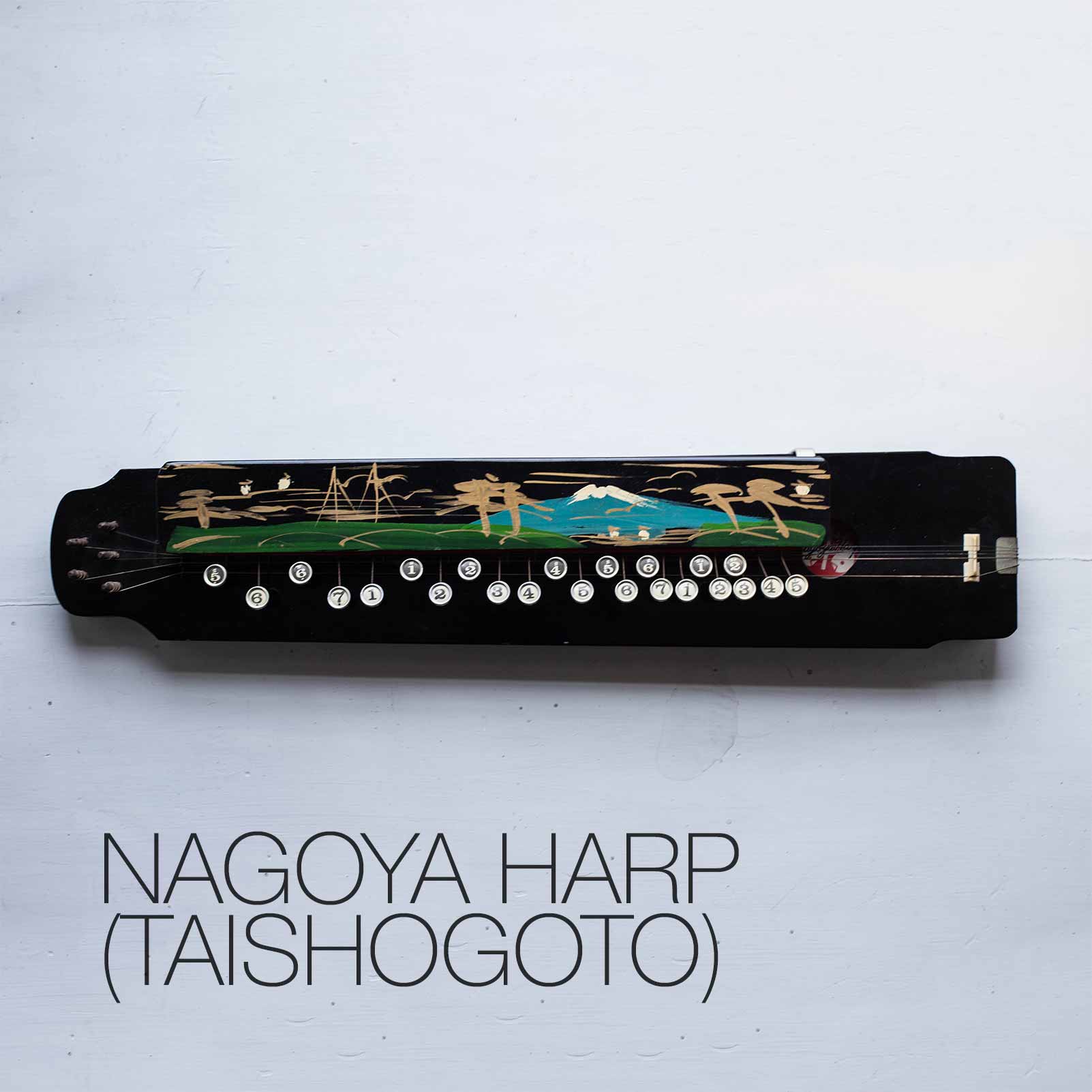
We’ve sampled a new instrument: Japanese Nagoya Harp (Taishogoto)!
It’s $10 for a limited time.

We’ve sampled a new instrument: Japanese Nagoya Harp (Taishogoto)!
It’s $10 for a limited time.
In this video, I explore various techniques for making samples loop. First, I cover the options available within Kontakt, then I investigate external tools: LoopAuditioneer and WaveLab. At the end of the video, I put theory into practice by recording some musical wine glasses and making them into a Kontakt Library.
The Kontakt library I created in this video can be downloaded here for FREE.
In this video, I show you the entire process of creating a Kontakt Sample Library in four steps:
1. Recording
2. Noise Reduction (using iZoTope RX), Editing, and Chopping (using Reaper)
3. Sample Layout
4. and finally: Music
As part of the video, I sample a Kalimba I found in a thrift store and turn it into a Kontakt Library.
The free Kalimba Kontakt Library can be downloaded here.
In this video, I cover one of the most basic aspects of Kontakt scripting: creating knobs to control instrument parameters. In particular, I use this occasion to add a lowpass filter with cutoff and resonance knobs to a Korg Volca Keys sample library (FREE). This video is a great starting point for anyone looking to get into KSP scripting.
The new Korg Volca Keys Kontakt instrument is available for free here.
– Dave
Hi!
So my mother is a pianist, and all through my childhood, my family owned this baby grand piano–it was made by Weber in 1929. It had been in our family since the 1950s. Last year, my mom had to move, and the new place she was moving to didn’t have enough room for the piano. She offered it to me, but I didn’t have space for it either. So after a lot of stress and lost sleep, she finally decided to give it away. (By the way, she now has a nice, space efficient digital piano in her new place so she’s not without an instrument.)
Anyway, before she gave the baby grand away, I decided to sample it so that she and I would have a record of what it sounded like. And that is what I’m releasing today.
Let’s take a look at the UI. As Kontakt instrument go, it’s pretty straightforward:

At the top, there’s an option to turn on stereo doubling. This causes two samples to played at the same time.
The width knob controls the panning of the two samples. If it’s turned all the way down, the two samples are both in the middle.
If it’s turned all the way up, the samples are hard panned to the left and to the right.
The REVERB knob controls the reverb, of course. The convolution reverb that comes bundled with was specifically picked to go with these piano samples.
Next, there’s a filter cutoff knob. This basically controls the how much treble the soft notes get. If you turn it up, even the soft notes get a lot of treble. If you want it to sound like a soft piano, you’ll want to keep this knob panned to the left.
And finally, we’ve got our standard ADSR amplitude envelope. You probably won’t need to adjust these too much, unless you’re looked to do something really special.
OK. That’s it. I think it’s a great instrument. It has a unique, but also very ordinary sound that makes it ideally suited for cinematic piano tracks. And all for the price of a coffee…and another coffee…and possible a third coffee. Hope you like it!
Buy it here: Weber 1929 Baby Grand Piano (Kontakt)
– David Hilowitz